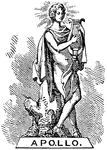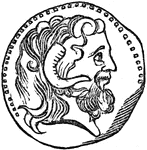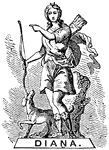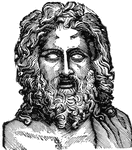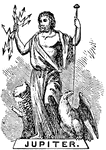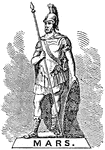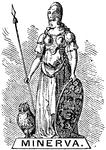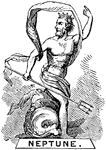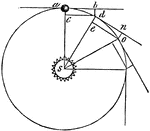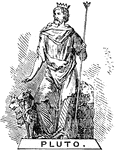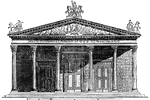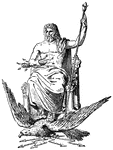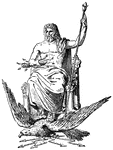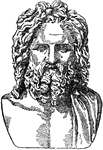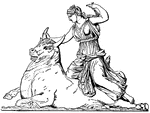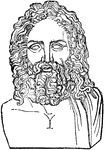Clipart tagged: ‘Jupiter’

Aegis
The shield of Jupiter, which had been fashioned by Hephaestus. When Jupiter was angry he waved and shook…

Dieties
A coin engraved with images of Minerva and Jupiter. Minerva was the Roman equivalent to the Greek goddess…

Elliptical Orbit
"The elliptical circle being supposed to be the Earth's orbit, with the Sun, S, in one of the foci.…

Jupiter
A medal engraved with the image of Zeus, or Jupiter, next to a sphinx; the other side of the coin depicts…

Temple of Jupiter
"The door in front of a temple, as it reeached nearly to the ceiling allowed the worshippers to view…
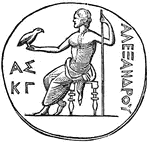
Medal of Ascalon
An image of Jupiter with the inscription Alexandrou, suggesting that Alexander the Great was worshipped…

Medal of Gaza
Another medal of Gaza. On one side it shows the head of Emperor Commodus, with his name inscribed. The…

Medal of Smyrna
A medal of Smyrna depicting Ceres, the goddess of plenty. The reverse side of the medal shows Jupiter…
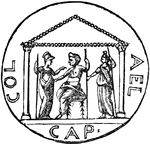
Minerva
A medal representing Jupiter sitting in a temple, conversing with Minerva and attended by Juno.
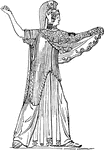
Minerva with aegis
"According to ancient mythology, the aegis worn by Jupiter was the hide of the goat Amalthea, which…

Planet Distance
"Relative distance of the Planets. Having now given a short account of each planet composing the solar…
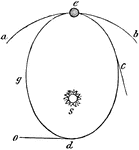
Planet Motion
"Elliptical Orbits.—It has been supposed that the Sun's attraction, which constitutes the Earth's…
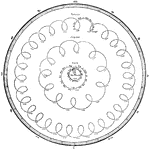
Planet Rotations
"The motion of Saturn, Jupiter, and Mars with respect to Earth." — Encyclopedia Britanica, 1893
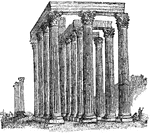
Temple of the Olympian Zeus
"Athens is said to have derrived its name from the prominence given to its worship of Athena by its…
